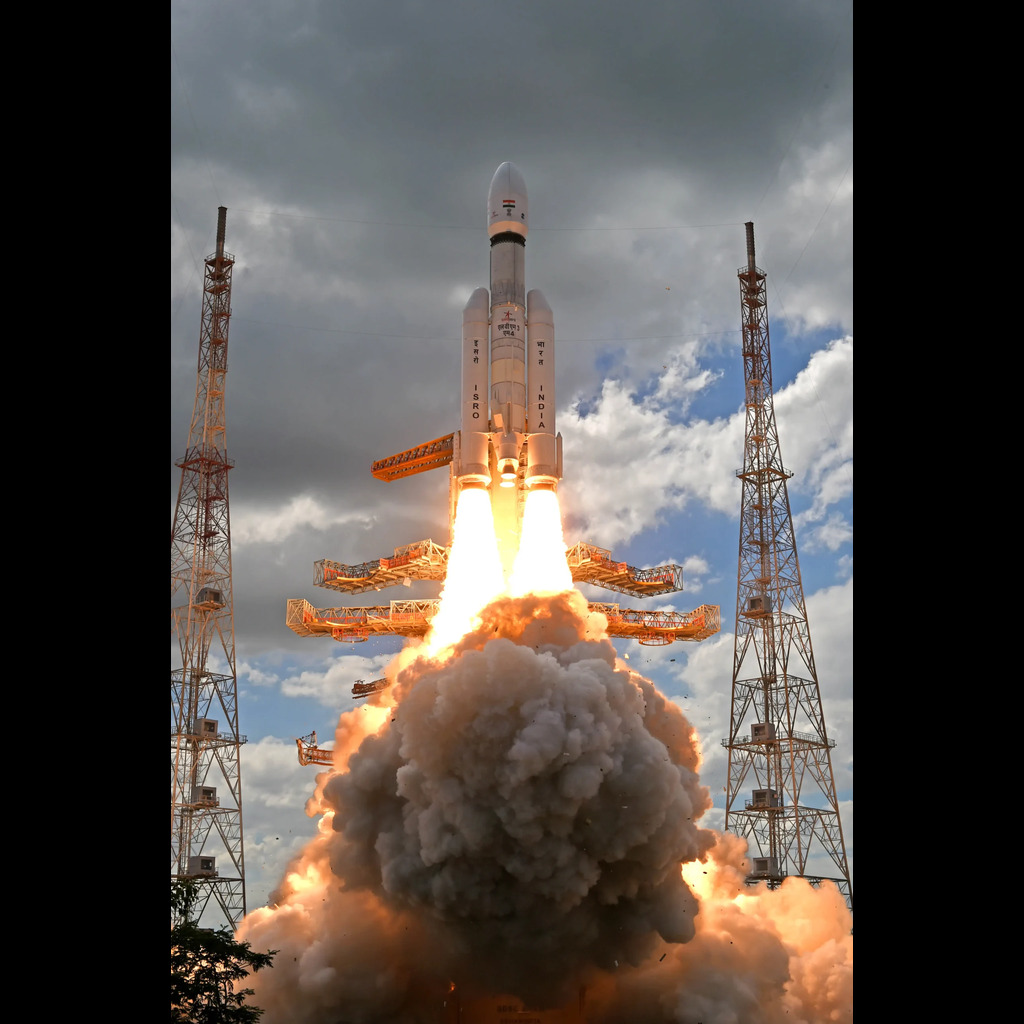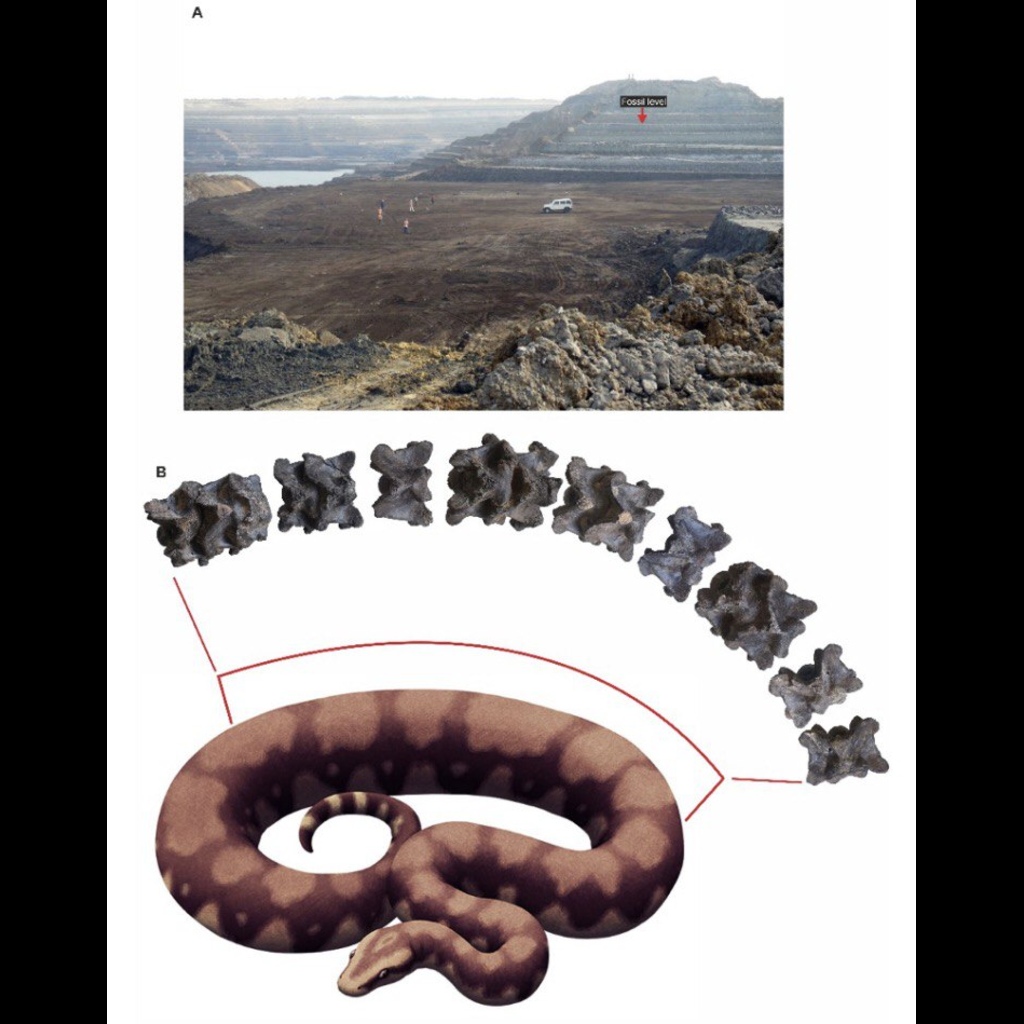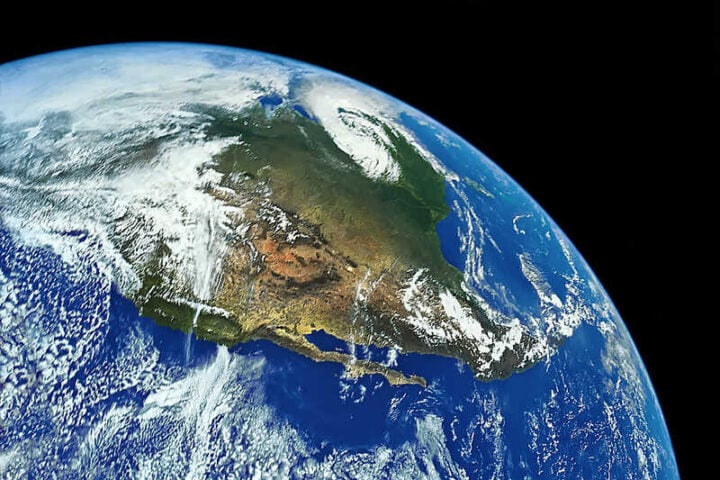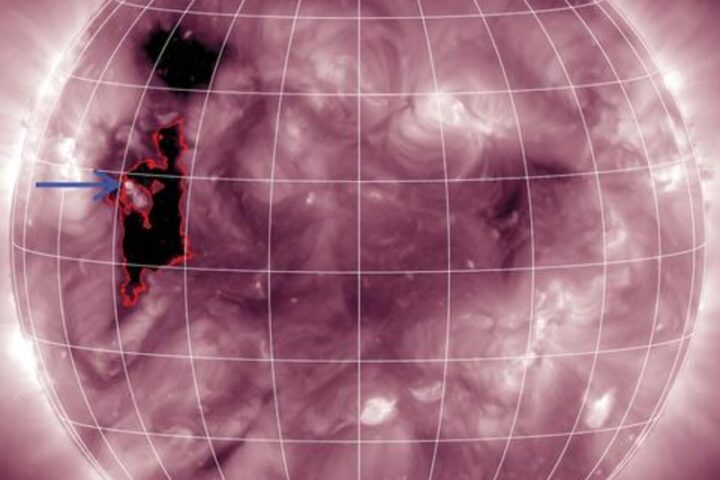India’s Chandrayaan-3 spacecraft could have been destroyed by a collision with space debris and satellites before reaching the moon. To prevent this, ISRO scientists delayed the launch by four seconds.
ISRO Chairman S. Somanath released the Indian Space Situational Assessment Report (ISSAR) 2023. This report gives more insights into ISRO’s maneuver efforts and an overall idea of the space objects.
Chandrayaan-3 was launched in July 2023. On July 14, 2023, Chandrayaan-3 was launched from Sriharikota in Andhra Pradesh using the LVM3-M4 rocket. To prevent collisions, ISRO conducts Collision Avoidance Analysis, also known as COLA. This is a mandatory launch clearance protocol employed by ISRO.
Before launching Chandrayaan-3, scientists identified a piece of space debris during the collision analysis that could have caused a collision during the spacecraft’s orbital phase. Therefore, the scientists decided to delay the mission’s launch by four seconds.
This adjustment ensured that Chandrayaan-3 could proceed on its journey to the moon without the risk of collision. This incident not only highlights the challenges posed by space debris but also demonstrates ISRO’s capabilities in addressing these challenges.
Similar Post
India is the first country to attempt a landing near the moon’s south pole. Chandrayaan-3 was launched on July 14, 2023. It consisted of three parts: the propulsion module, lander, and rover. The propulsion module was placed in lunar orbit, while the lander and rover landed on the moon’s south pole on August 23. The propulsion module carries the SHAPE payload, which is designed to study the Earth.
In December 2023, in a unique experiment, ISRO scientists transferred the Chandrayaan-3 propulsion module from lunar orbit to Earth orbit. ISRO reported that there was 100 kilograms of fuel left in the propulsion module, which was used to gather additional information for future moon sample return missions.
Key points from ISRO’s report:
- Increase in Space Objects: The number of space objects increased in 2022, indicating easier access to space and a diversification of space technology applications. A total of 2533 objects were launched in 179 launches in 2022, compared to 1860 objects from 135 launches in 2021.
- Space Debris: Four major on-orbit breakup events contributed to an increase in space debris, adding over 360 fragmented objects into orbit.
- Indian Satellite Launches: By the end of 2022, a total of 124 Indian satellites, including those from private operators and academic institutions, were launched.
- Operational Indian Satellites: As of January 1, 2023, India had 23 satellites in Low Earth Orbit (LEO) and 29 in Geosynchronous Orbit (GEO), with the Chandrayaan-2 orbiter actively orbiting the moon.
- Collision Avoidance Maneuvers (CAMs): ISRO executed a total of 22 CAMs in 2022, including one for a lunar orbit, to mitigate the risk of close approaches of space objects.
- Orbital Manoeuvres (OM): Regular orbital maneuvers were executed to maintain the orbits of ISRO satellites. In 2022, 262 OMs were performed for LEO satellites and 460 for GEO satellites.
- Launch Vehicle Collision Avoidance Analysis (COLA): ISRO’s mandatory launch clearance protocol included COLA analysis to prevent potential close conjunctions with other space objects during launch phases.
- Spacecraft Decommissioning and Post-Mission Disposal: INSAT-4B was decommissioned and placed into a super synchronous orbit, following the IADC guidelines for post-mission disposal of GEO objects.
- Future Projections and International Collaboration: The report emphasizes the importance of enhancing observational facilities and international cooperation to ensure the sustainable use of outer space for future generations, highlighting the growing involvement of private entities and academia in space activities.

















